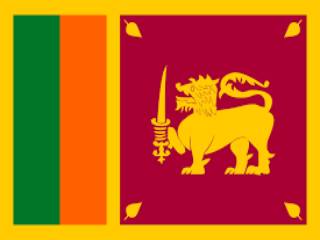Jyeshtha Shuddha Saptami
By Sridhar Krishnanswami
Nearly six billion US dollars, provided by the United States to Pakistan to fight against terrorism since the September 9, 2001 attacks on America, has hardly been used for that purpose, an independent audit has found.
The findings by the Government Accountability Office, released in a report on Tuesday, showed a troubling lack of oversight and accountability for the US funds to Pakistan, which were meant to combat terrorism.
The findings angered Congress members with the Chairman of the House Foreign Affairs Committee Democrat Howard Berman expressing his shock.
"I’m shocked at the lack of oversight of billions of dollars that have been doled out in Pakistan in an effort to fight terrorism," Berman said in a statement.
The US has provided Pakistan about US$ 5.6 billion in payments since the 2001 attacks on the World Trade Centre, which killed more than 3000 people.
The GAO found several cases where the Bush administration could not explain or account for such payments, including millions of dollars for road construction with no evidence that any roads were built, and reimbursement costs to the Pakistan military that may be duplicative.
"The report documents how US funds were used without any evidence that they supported counter-terrorism efforts. The US government is being asked to reimburse Pakistan for non-incremental air defense radar maintenance when the Al Qaeda is not even known to have an air force. The purpose of these funds is to support the fight against extremists, not to boost Pakistan’s conventional warfare capability," he said.
The performance audit conducted by the GAO was between September 2007 and June 2008 and Congressman Berman said that his committee will continue to follow the matter closely to ensure that the administration puts in place improved systems of accountability for funding to Pakistan’s counter-terrorism efforts.
"Comptroller guidance states that reimbursement claims must clearly indicate the incremental nature of the logistical and military support provided i.e., that claimed costs are above and beyond the partner country’s normal operating costs. However, we found that the Pakistani claims did not provide such information, which led to differences among defense officials as to whether the claims should be disallowed," the GAO report said.
In one instance, the report said it found that Defense paid the Pakistani Navy more than US$ 1.5 million in possibly inflated costs for damage to navy vehicles. On average, Defense paid the Pakistani navy more than US$ 5,700 per vehicle per month in damages, in comparison with the army’s average claim of less than US$ 100 per vehicle per month.
"According to the most recent navy claims, these vehicles generally consisted of passenger cars and SUVs that were not involved in combat. By contrast, the army vehicles were used to conduct military operations in the border regions," the report said.
Further, the GAO argued that most of the Pakistani claims do not provide enough information to determine if the costs were appropriately converted from rupees to dollars.
"Therefore, we were unable to calculate the potential overbilling for all claims for the entire period under review," it added.
Source: www.rediff.com




